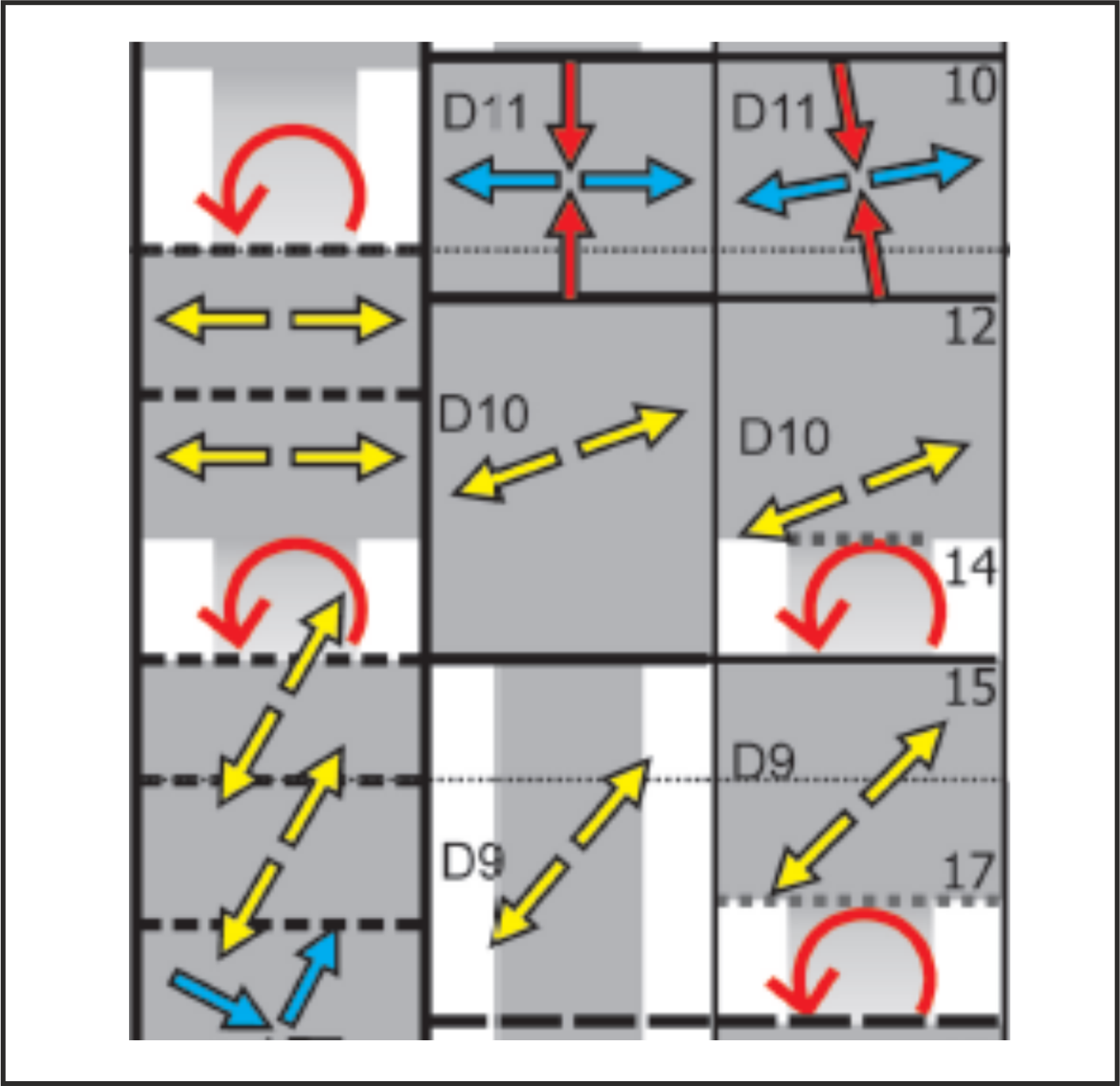Results, problems and future tasks of palaeostress and fault-slip analyses in the Pannonian Basin: the Hungarian contribution
Abstract
In the Pannonian Basin fault-slip analysis and palaeostress determinations started in 1982–1984 by the work of Françoise Bergerat, Jacques Geyssant and Claude Lepvrier. After F. Bergerat introduced some Hungarian researchers to field and laboratory techniques, fault-slip analysis expanded into the Pannonian Basin in Hungary and in some adjacent areas, and is still going on. This paper reviews the results achieved during this ~35 year time span from a historical perspective, by the compilation of the determined Cenozoic stress fields, their temporal boundaries, and uncertainties. The model for the evolution of the stress field became more complicated, and more and more details in the deformation history were realised, both in the Alcapa and Tisza–Dacia units of the Pannonian Basin. The integration of palaeomagnetic and stress data indicated that some changes in stress axes (and in fault orientation) are due to vertical-axis block rotation, and are not real rotation of the external stress field itself. With the development of new approaches, like tilt test, combination of surface and subsurface fault data, radiometric age determination of deformed rocks, fine separation of fracture sets can be achieved and the multiple recurrences of stress fields with identical principal axes were demonstrated. The refined methods permitted the demonstration of basin-wide inhomogeneity of the stress field for some phases. However, the precise timing, the number of phases, separation of events with similar stress axes, and the variability of the maximal stress axes of a given stress field remain the major questions to be solved in the future. Rheological conditions of the deforming media and physical parameters of the fracturing will be the other future steps in research, to be achieved by studies of deformation bands, fluid inclusions, isotopes, in order to better understand the connection of deformation, subsidence, diagenesis, and fluid flow.
















